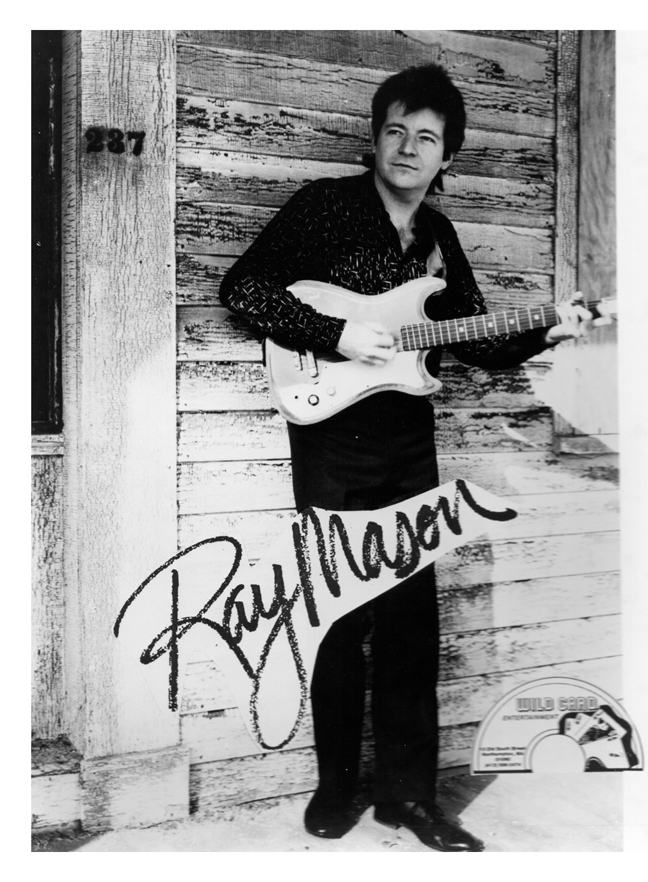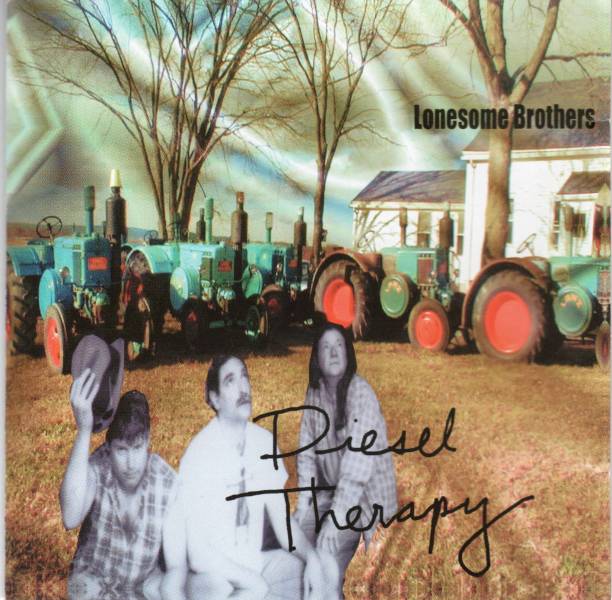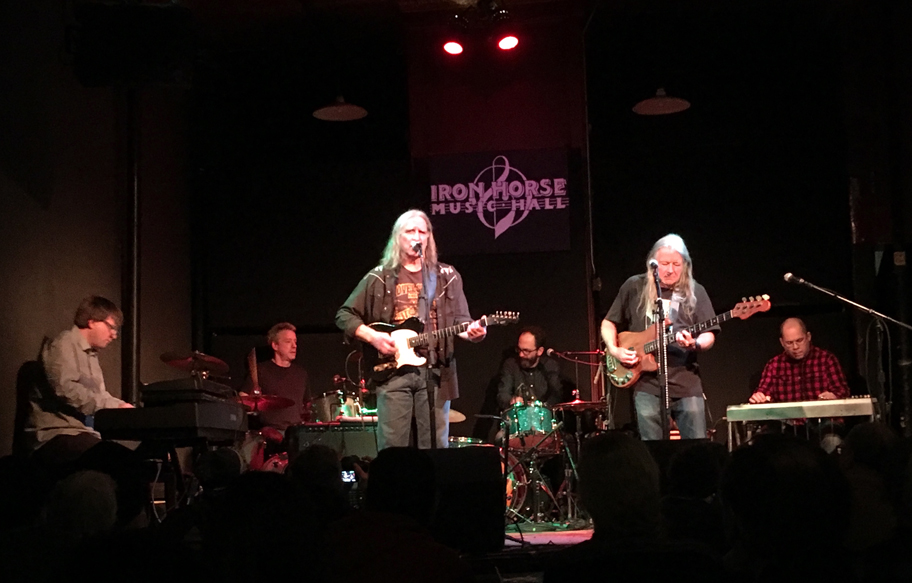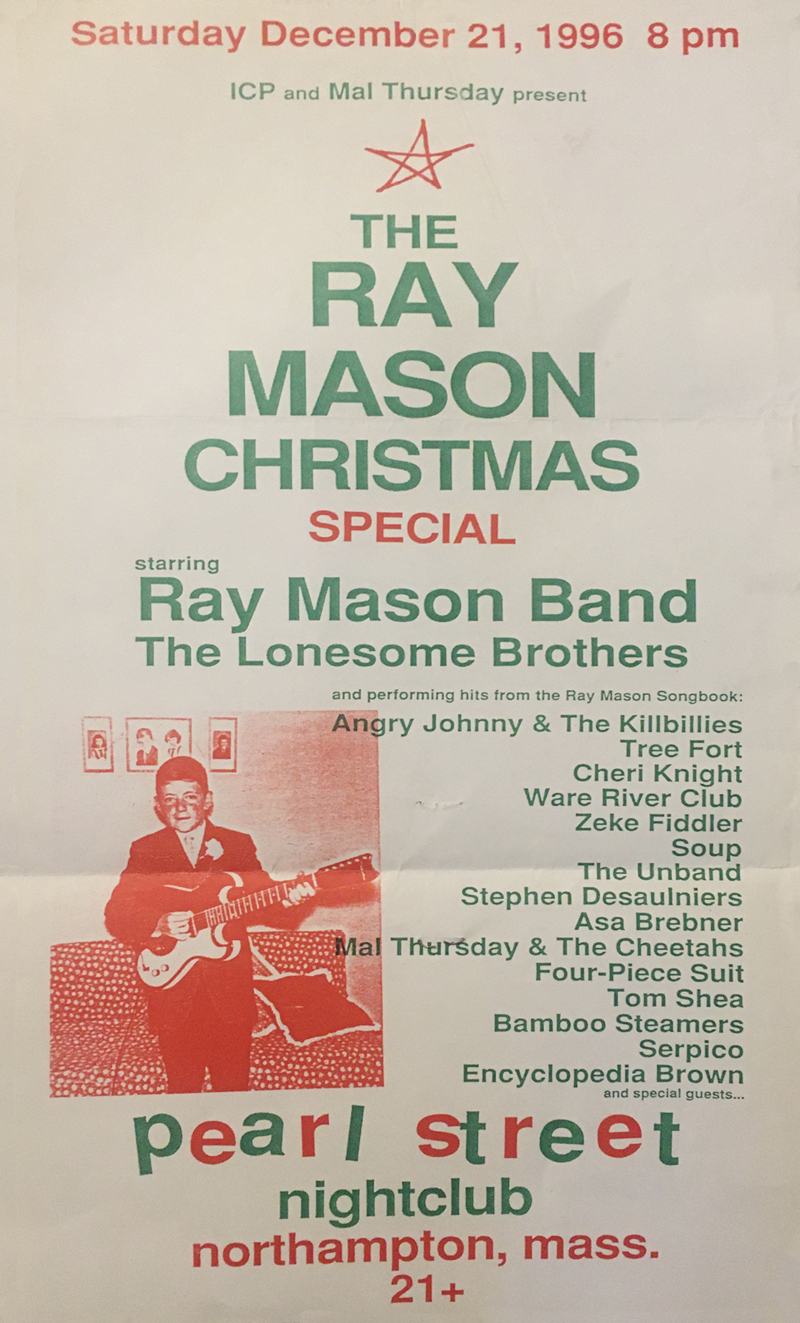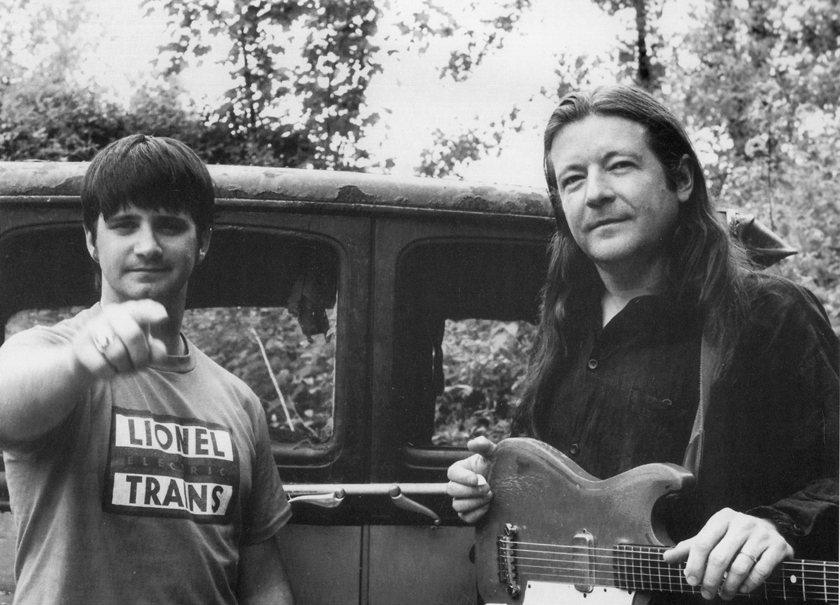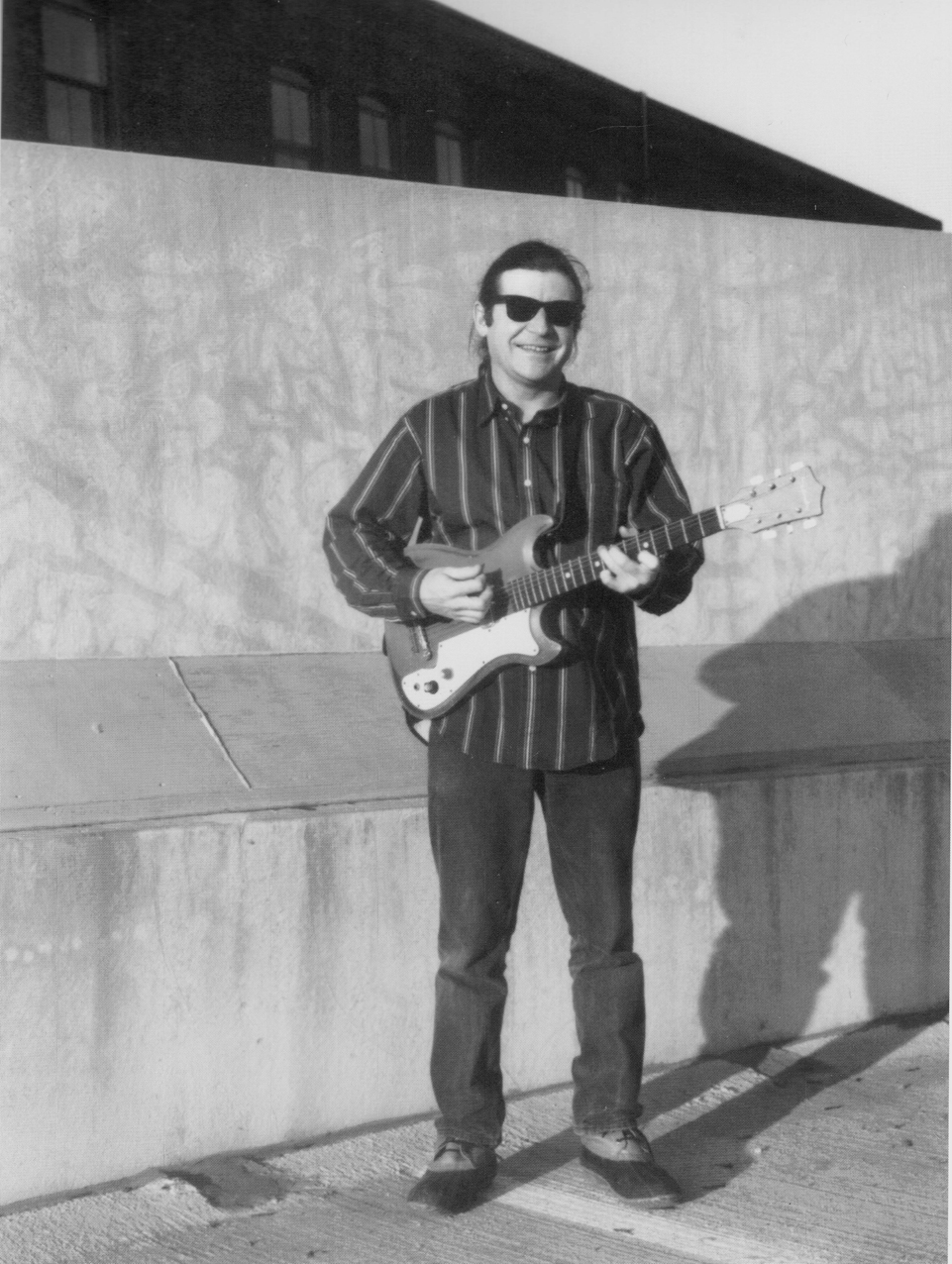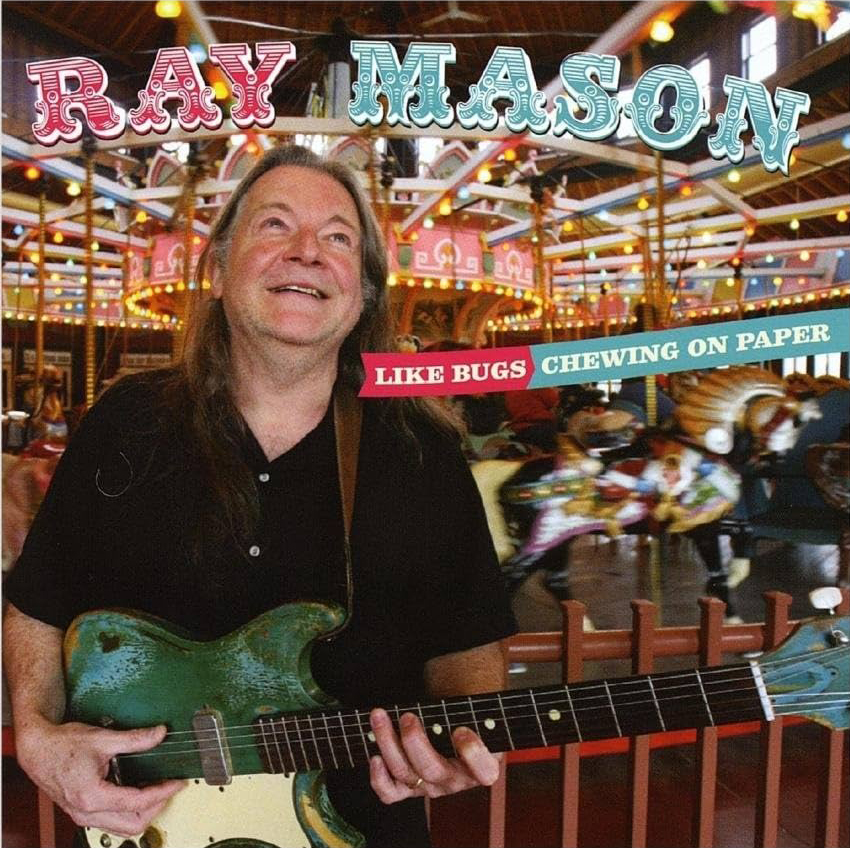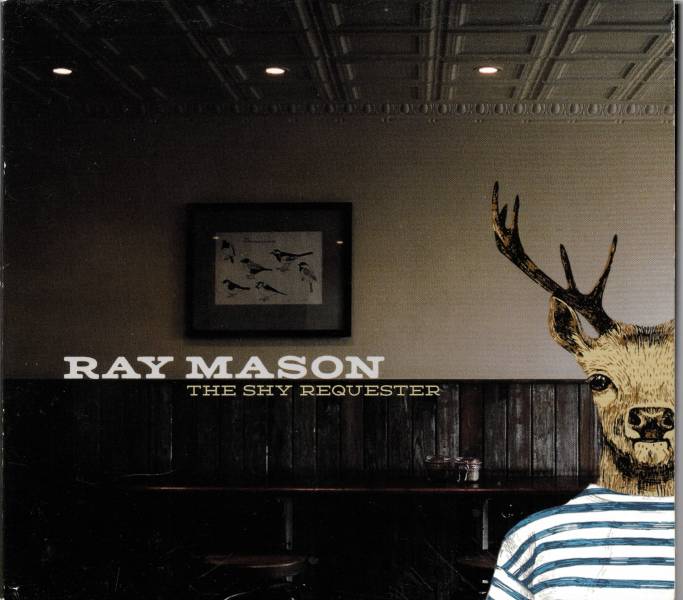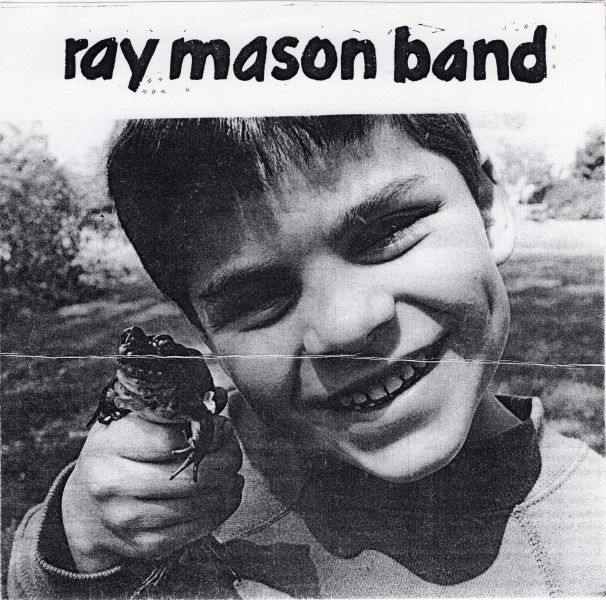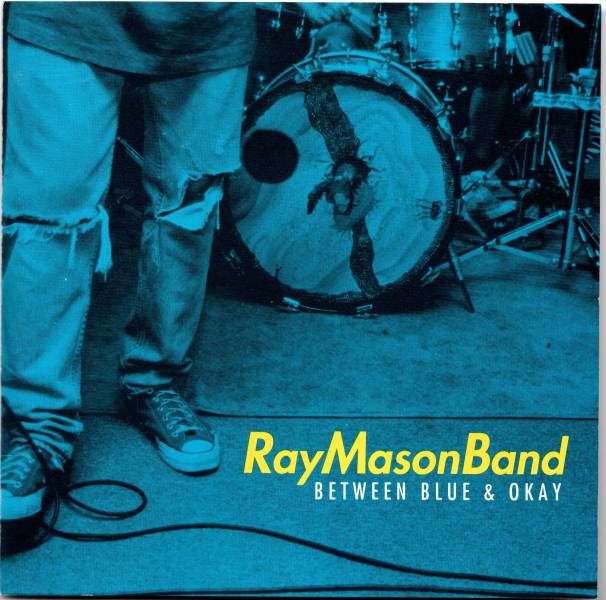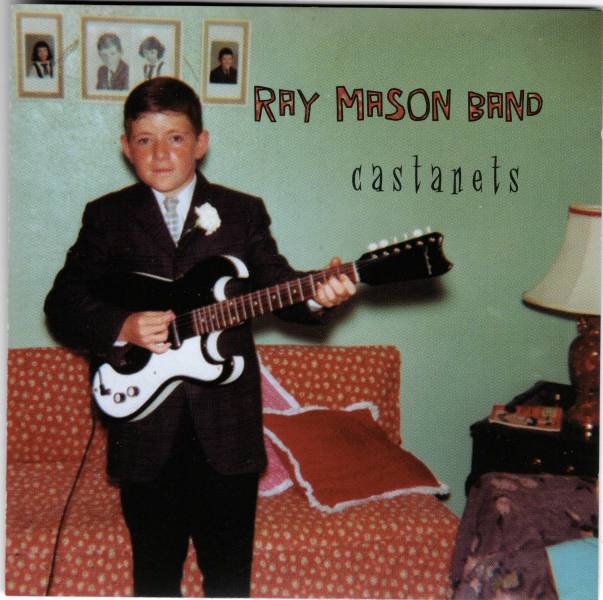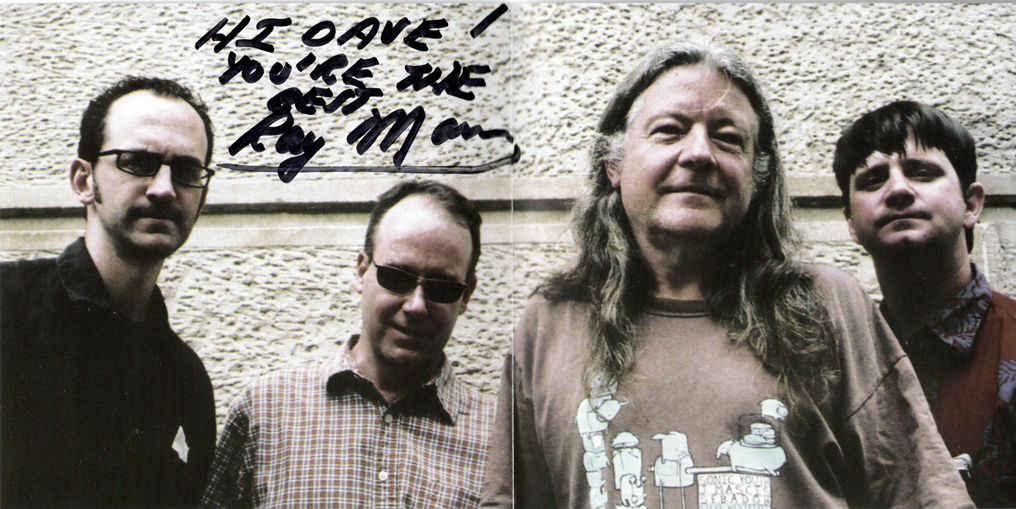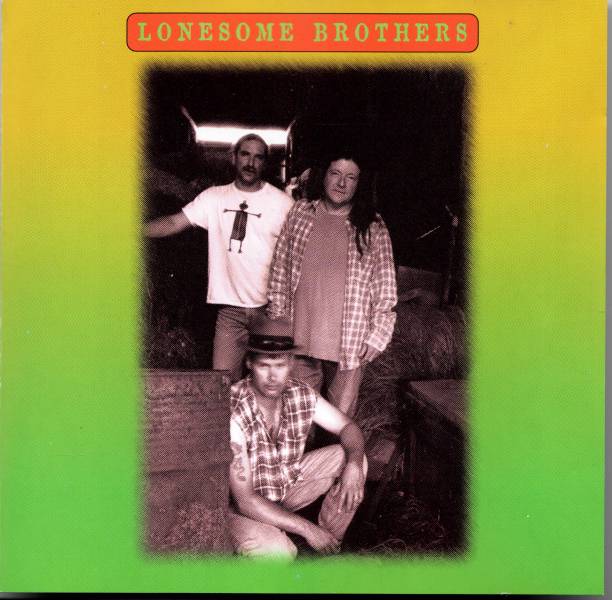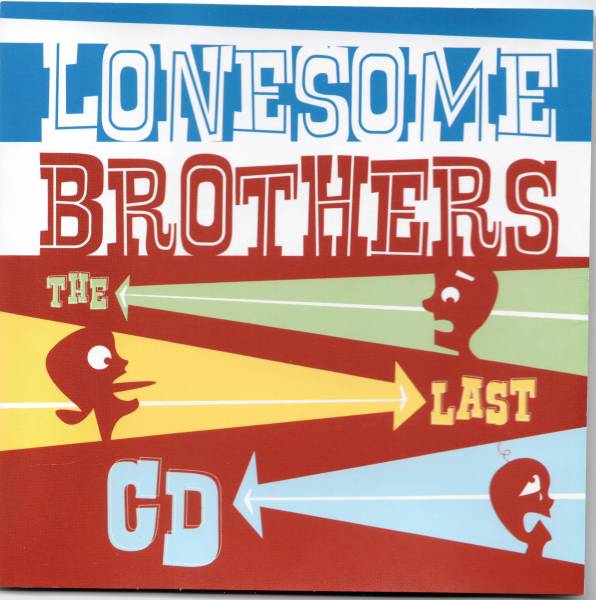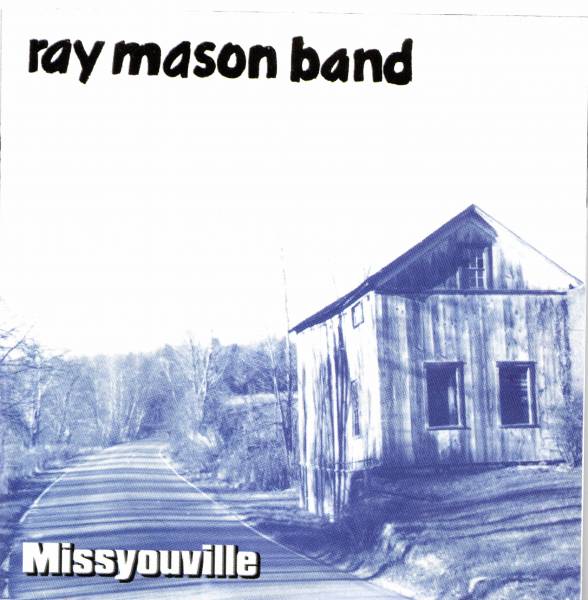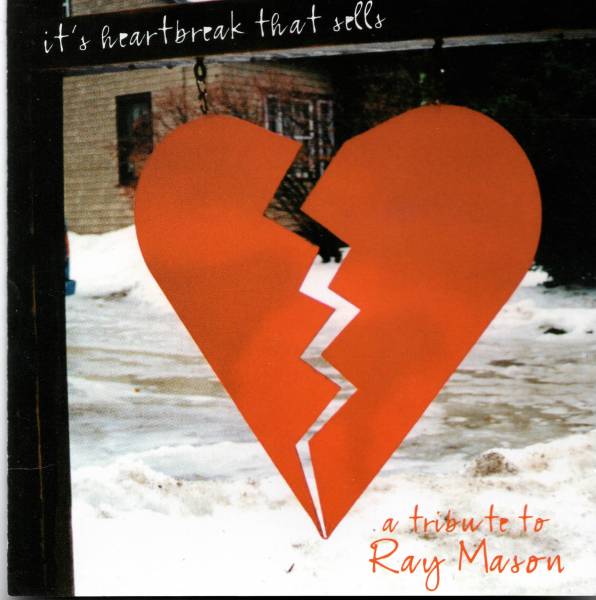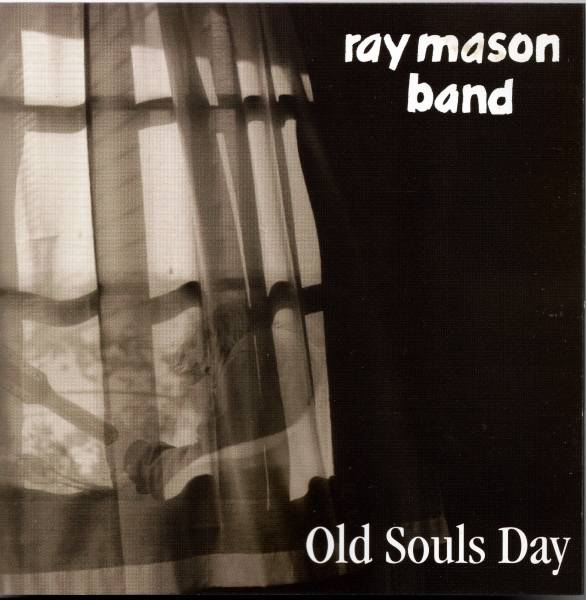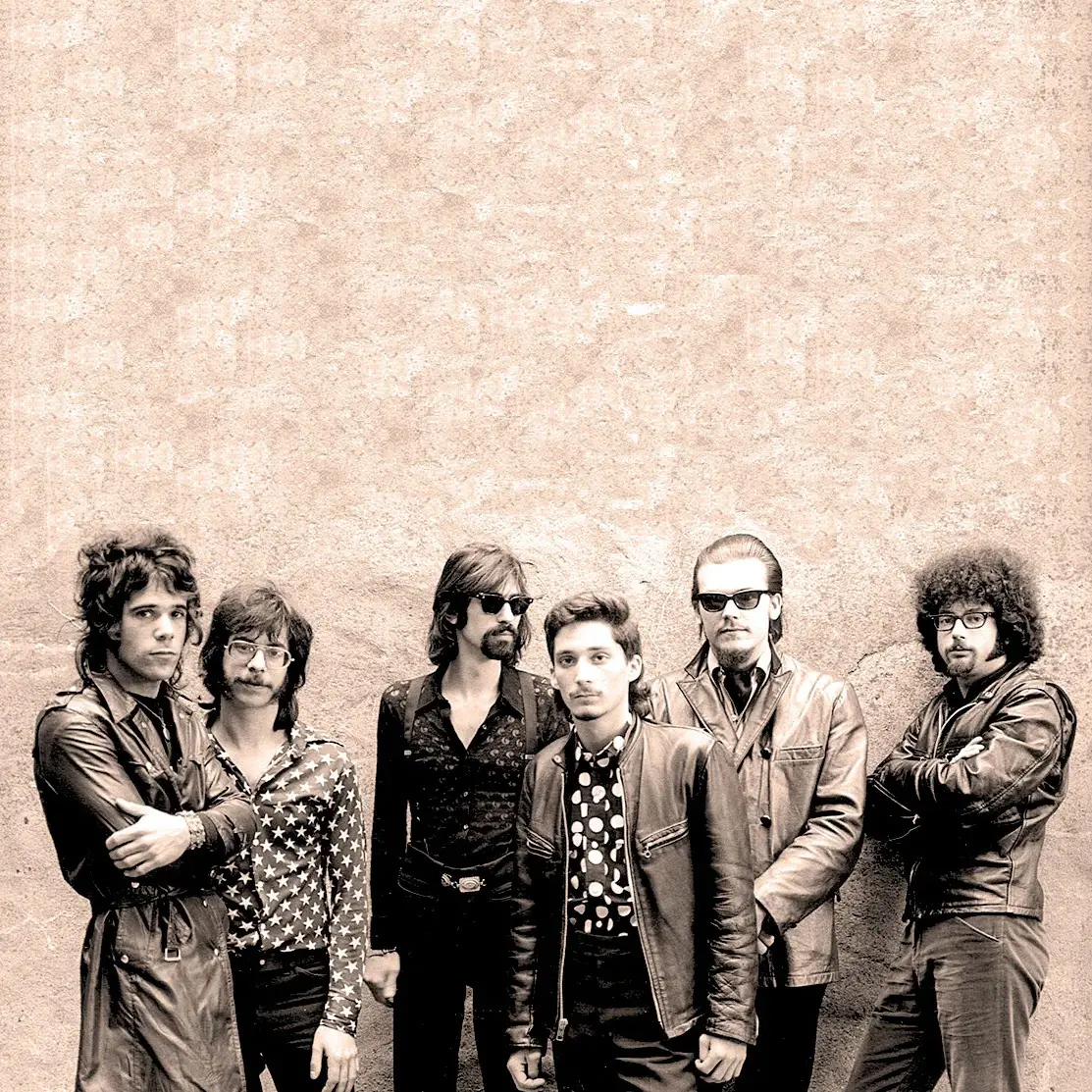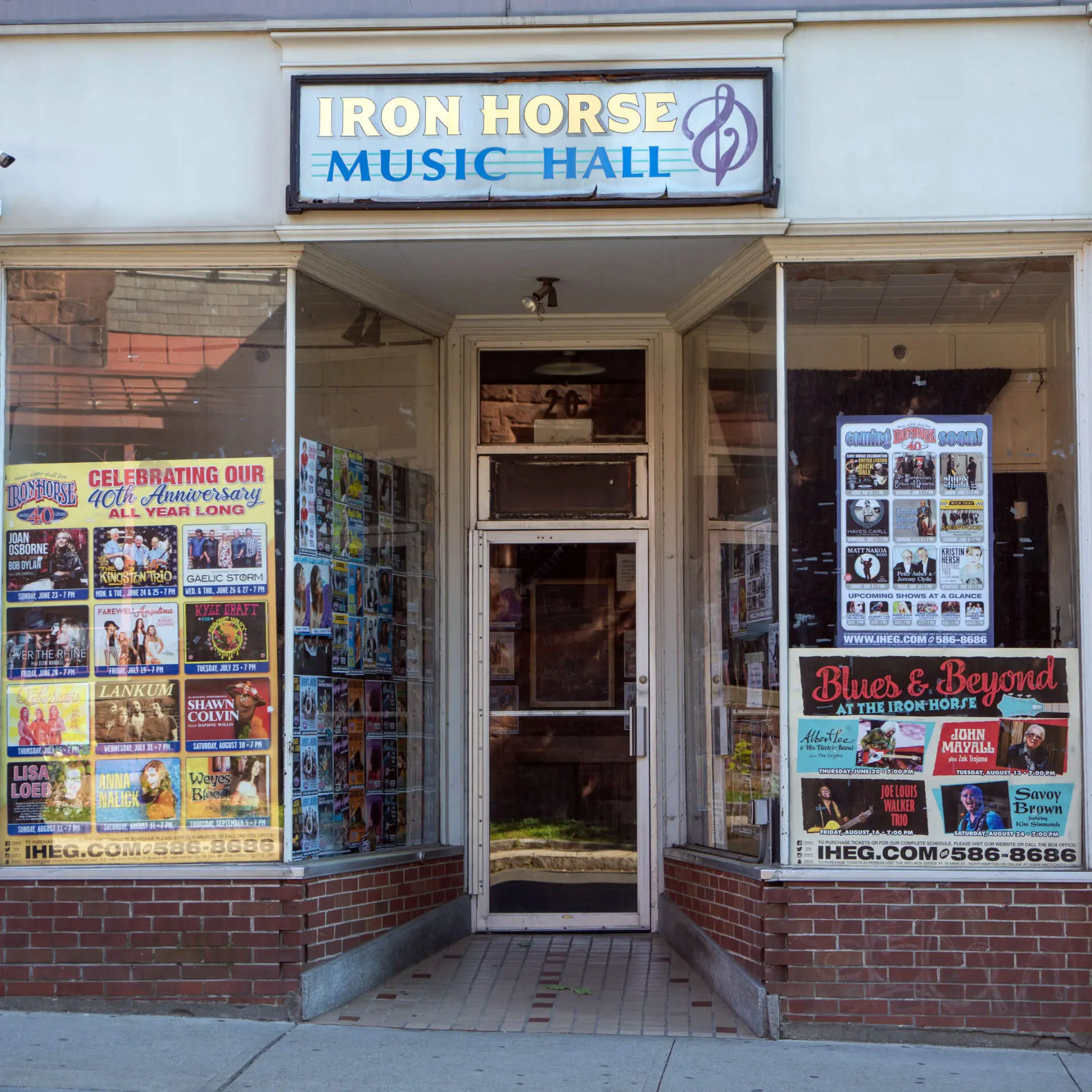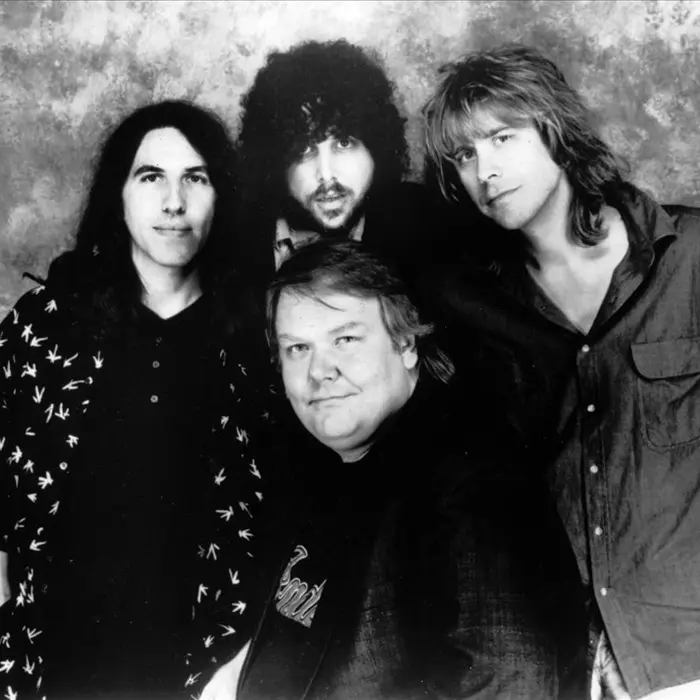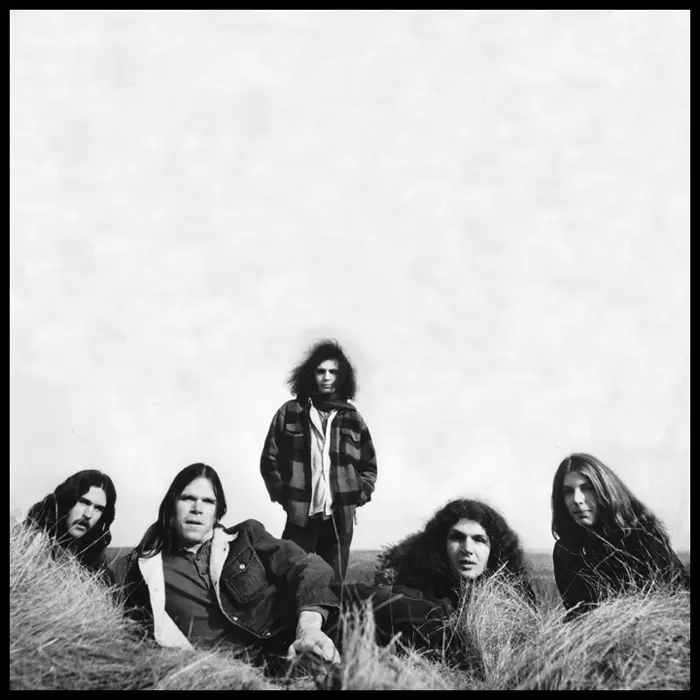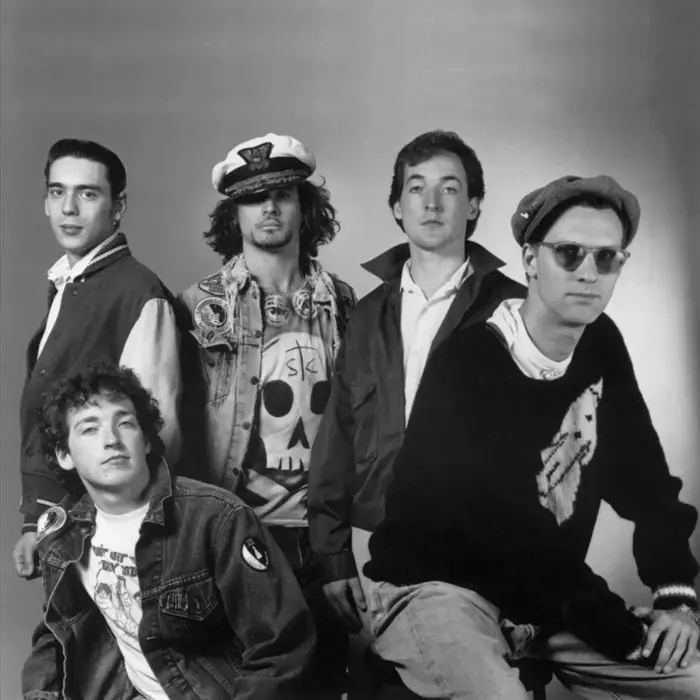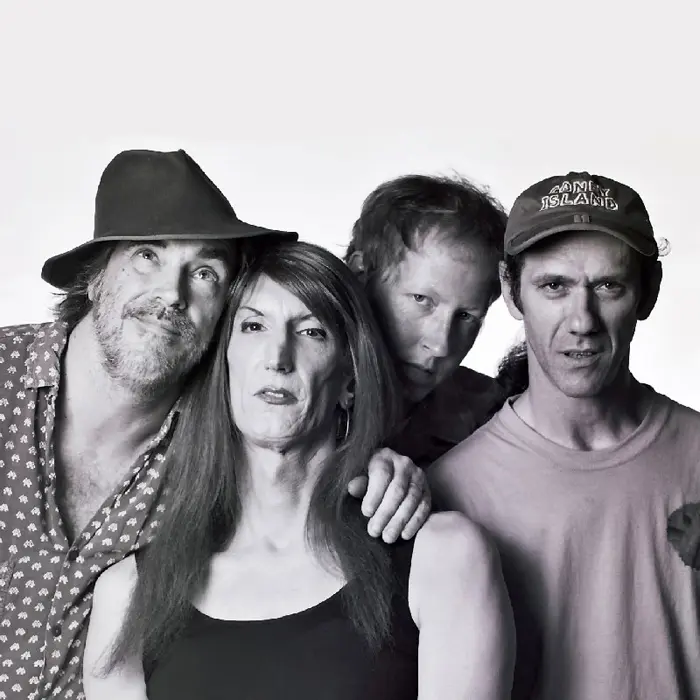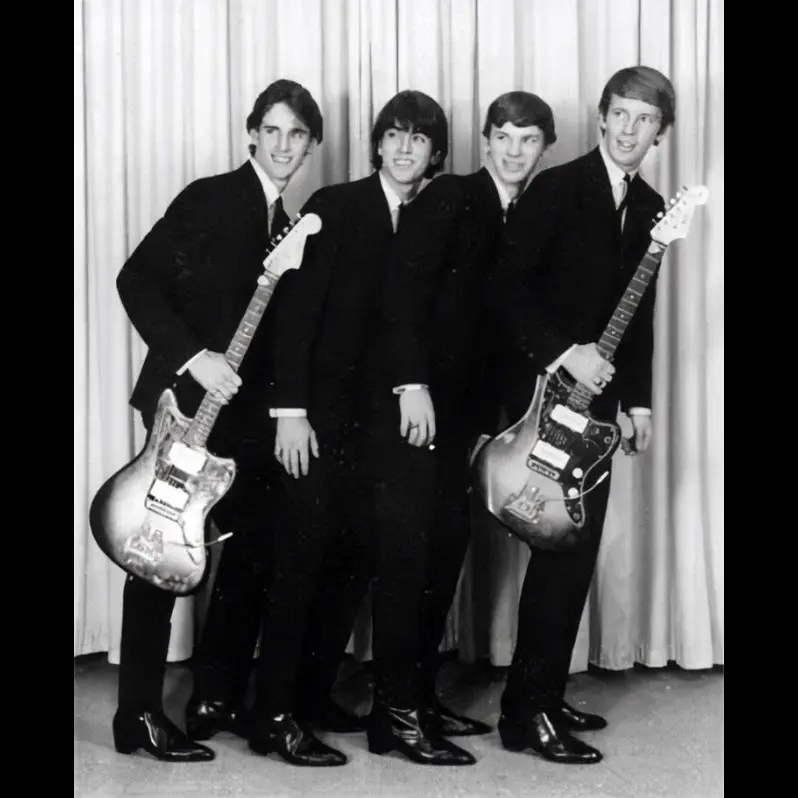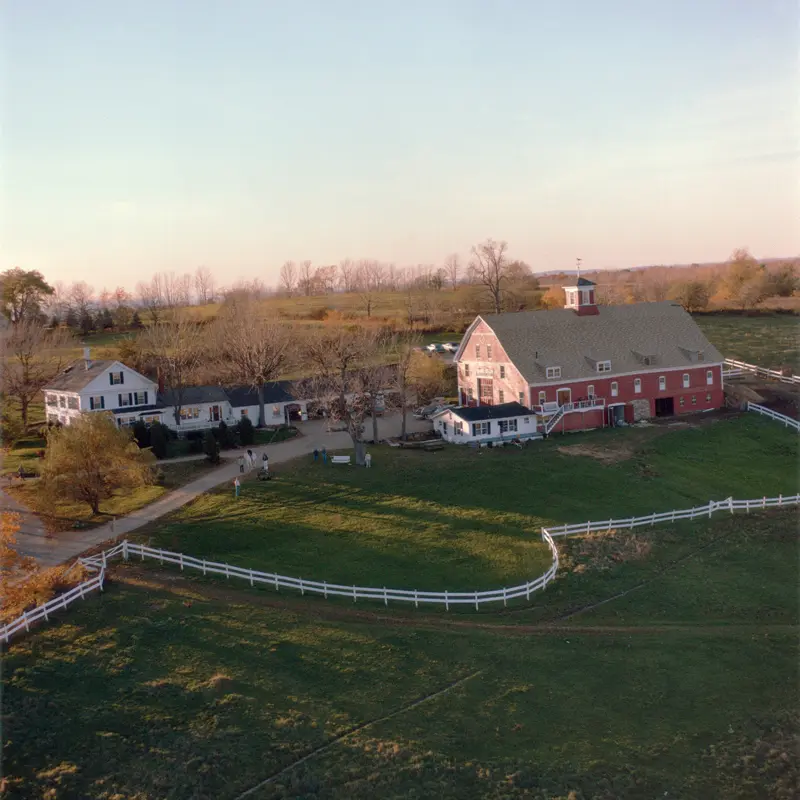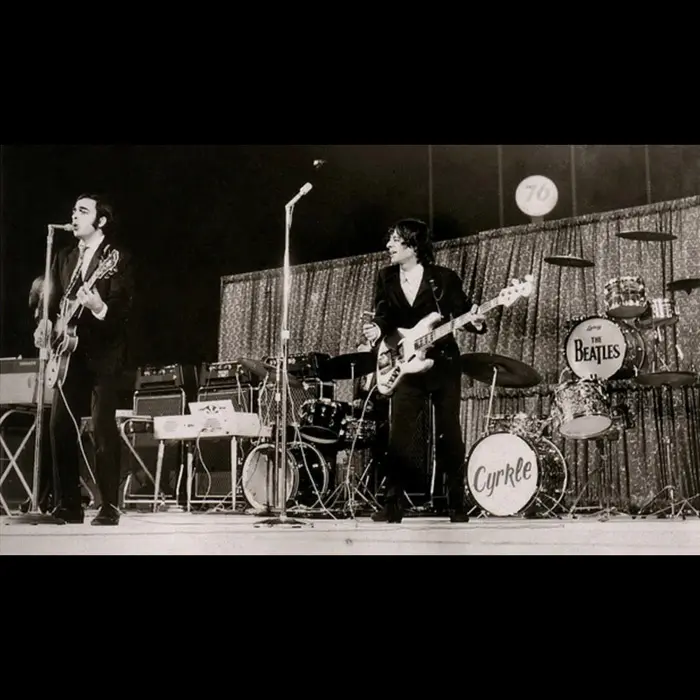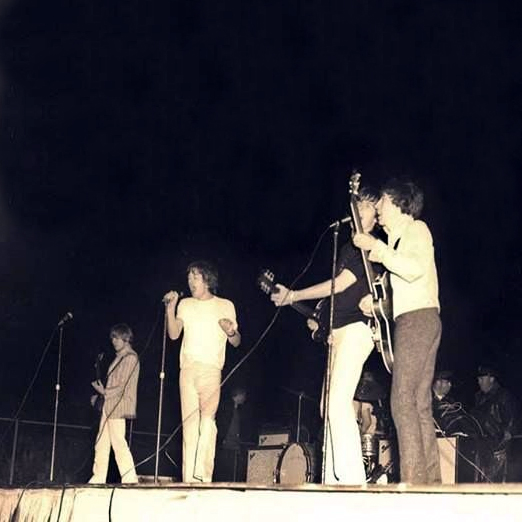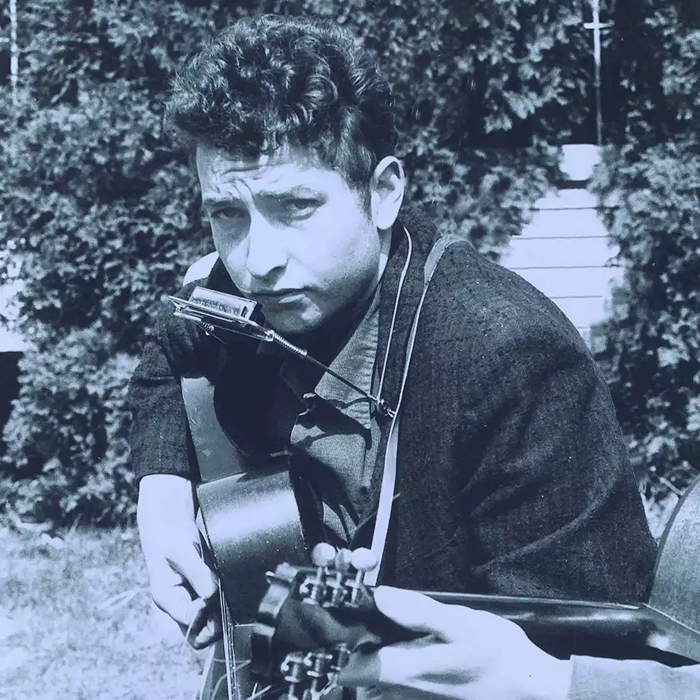Ray Mason
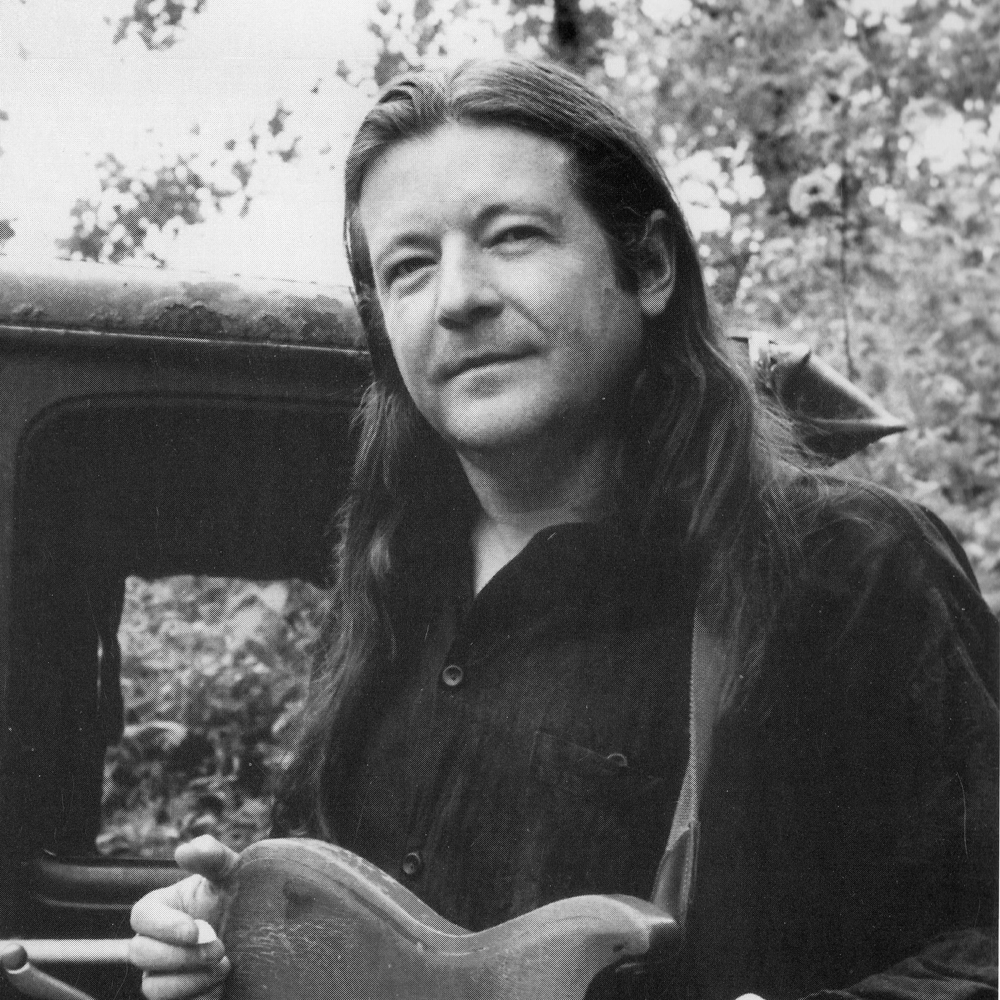
Ray Mason photo credit David Osepowicz
Have a casual conversation with Ray Mason, and it’s unlikely you’ll have any clue that you’re speaking with one of the most beloved and prolific songwriters and recording artists ever to call Western Massachusetts home.
During a career that began in the late 1960s and has continued unabated for over five decades, Mason has recorded 28 albums and juggled parallel lives with The Ray Mason Band, The Lonesome Brothers, Opal Canyon and as a solo performer. He’s one of the most knowledgeable and affable musicians you’ll ever meet, with an encyclopedic expertise of rock and soul music from New England and beyond.
MUSICAL BEGINNINGS
Born in Holyoke, Massachusetts in September 1950, Mason spent his early years living in public housing in the city’s Lyman Terrace. There were always records in his apartment and, while in elementary school, he was especially drawn to the sounds of Sam Cooke, The Everly Brothers and Duane Eddy. Nearly six decades later, the ardent record collector still remembers the name of the woman who ran the record department (Shirl) at the nearby Grants department store, where he spent his allowance on new 45s that cost 77 cents.
Just around the corner from his home, there was a Sears and Roebuck that had a music department, and that’s where, in 1964, Masons maternal grandmother invested $69.95 to buy him his first electric guitar, a graduation gift upon completing 8th Grade at Sacred Heart School. All dressed up that day, Ray and his cherished Silvertone were immortalized on the cover of The Ray Mason Band’s 1999 CD Castanets.
THE GLADIATORS, THE BUCK ROGERS MOVEMENT
Mason played rhythm guitar in his first band, The Gladiators, doing covers of Stones, Rascals, Dylan and Beatles tunes, and everyone played Silvertone equipment. “We were all friends from Holyoke, and really loud. We’d play these battle of the bands and come in last. Then one time, we came in second-to-last and celebrated for a week!” It was while playing with The Gladiators, in 1967, that Mason took the songwriting plunge, writing the lyrics for “Nothing Seems To Happen,” but it was while working at the local doughnut shop, Duncan McLean’s Bakery, that he put the jangle in his pocket ($1.25 an hour, to be exact).
After graduating from Holyoke Catholic High School in 1968, Mason was approached at the shop, mop in hand, and asked by a guitarist friend if he’d consider joining The Buck Rogers Movement, a regional band with experienced players in their late 20s and a calendar full of gigs. Buck himself had already released several singles on independent labels and one of them, “Would You Believe,” had reached the top five on Springfield’s WHYN-AM.
The group was looking for a bass player with no commitments, and young Mason, a guitarist, was sold as soon as he learned that the band was booked for a full week in Plattsburgh, New York (four sets a night) and that he’d make $200 bucks for the gig. He passed the audition, and Duncan McLean Bakery’s loss turned out to be the music world’s gain. Mason was still a teenager when he traded in his apron for a lifetime in music. The Movement worked regularly as he honed his bass-playing chops, working five or six nights a week, four (or more) sets a night up and down the East Coast and eventually doing USO shows as far away as Greenland and Labrador. Playing non-stop is an education, not just musically, but it’s “all about life,” Mason says.
OTHER BANDS, JESSE HENDERSON, THE ROCKIN’ RAMRODS
After the Movement, Ray played bass in several Connecticut and Western Massachusetts-based bands during the 1970s and early ‘80s: Seagull, The Sail Cats (with whom he met The J. Geils Band when they were recording at Long View Farm Studio in North Brookfield), The Yankee Rhythm Band (where he met Jim Armenti) and Rohlehr, Groves & Colby (playing electric bass on their acclaimed 1983 album RGC) and The Chills (who morphed into The Ray Mason Band). At Long View, Mason recorded with Michael Gregory Jackson and Signal (with Walter Becker producing), Ware River Club and laid down tracks for much of his debut album, Between Blue & Okay.
Also at Long View, Mason met Bobby “Jesse” Henderson, the studio’s chief engineer, which was a particularly big deal for him since Henderson had played drums with a group Mason counted among his musical heroes, The Rockin’ Ramrods (who he’d seen opening for The Kingsmen at Mountain Park in Holyoke). “We were pressed up against the stage and The Ramrods had their Beatle boots on,” he recalls. “Beatles haircuts, too, and Jesse was the first person we ever saw hit a rim shot with such authority on a snare drum. We liked The Kingsmen, but it was The Ramrods who totally won us over.” Decades later, with The Ray Mason Band doing mostly all originals, the Ramrods’ “Bright Lit Blue Skies” remains a staple of their repertoire.
It wasn’t their music, though, that ultimately inspired Mason to immortalize the Ramrods’ in song; it was their cologne! Though he and his friends were too shy to approach the band in The Kingsmen days, when they learned that the guys in the band all wore English Leather, they all went out the next day and bought some. The rollicking “English Leather” is a highlight of the RMB’s excellent 2006 CD Don’t Mess With Our Routine. Like many of Mason’s songs, “Leather” is fun, catchy and evocative.
SOLO PROJECTS, TRIBUTE ALBUM
In 1983, deep in the heart of the DIY wave, with a growing backlog of original material, Mason began recording his own songs in earnest, releasing a homemade two-album set on cassette. It’s Time To Captivate a Planet and Who’s Minding The Store? are clever, charming and hint at his flourishing songwriting chops. A few years later, another cassette, Silvertone Pop!, followed and this one included the soon-to-be familiar dedication “For Karen,” whom he married in 1992. Pop! also includes the original version of “It’s Heartbreak That Sells,” a disarmingly upbeat tune about the peculiar propensity for sensationalizing things.
That song becomes the first track on a Ray Mason tribute album, released on Tar Hut in 1999. A host of his friends and admirers contributed, including Eric “Roscoe” Ambel on the title cut, The Incredible Casuals, Cheri Knight, and Charlie Chesterman and The Legendary Motorbikes, who turn in a definitive version of “Big Hug” (originally on 1996’s Missyouville), which became the long-standing theme song for the Sokol Heroes radio show celebrating the music of Western Massachusetts-based artists, on WRSI (“93.9 – The River”).
THE LONESOME BROTHERS
In addition to recording his solo work and Ray Mason Band albums – with longtime members Frank Marsh (drums), Tom Shea (guitars) and Stephen Desaulniers (bass) – Mason has cut a slew of alt-country-flavored albums as one of two songwriters in The Lonesome Brothers, alongside guitarist Jim Armenti, with Tom Shea or Keith Levreault often on drums. He plays bass in the Lonesomes, as opposed to Silvertone guitar in his own band, and Mason and Armenti divide the songwriting chores democratically, their styles syncing seamlessly. One of the highlights of the Lonesomes’ 1997 self-titled debut album is the original version of Armenti’s tune “Down By The Water,” later recorded by several artists including Pam Tillis, Cheri Knight and Cry Cry Cry (featuring Dar Williams, Lucy Kaplansky and Richard Shindell).
Acclaimed Western Massachusetts-based producer/engineer Jim Weeks has worked on many RMB and Lonesome Brothers albums. “Ray, he moves forward in life and music with creative happiness and respect for others,” he says. “That shows in his music. He is very secure in what he does, so he allows others to do what they do. His guitar and bass playing is deceptively simple sounding. He understands the puzzle! When playing on stage with him, you can’t help but feel better about things. He is like a warm pop cookie. I’ve done a lot with him and his discography. And his are some of the best recordings I’ve ever been part of. I’m very proud to know these will remain after we are both gone.”
MAGAZINE FEATURES, NOTABLE OPENING SPOTS, STAGE PRESENCE
When you need a renowned musical force to interview or photograph in Western Massachusetts, who you gonna call? Ray Mason, of course. When glossy Take magazine did a piece on the region’s vast music scene for its premiere issue, they featured a full-page photo of the man and ran the title of one of his songs as the headline (“Reverb and a Zip Code” from 2002’s Three Dollar Man). When weekly arts-and-living magazine Hampshire Life put together a piece called “Holidays on the Road” about how musicians deal with being away from loved ones on meaningful occasions, the editors put Mason on the cover.
Over the years, Mason has played thousands of shows (between 100 and 200 a year), mostly as the headliner but often opening for others, including NRBQ, Fountains of Wayne, Marshall Crenshaw, Graham Parker, Joan Jett, Nils Lofgren and Joan Osborne. One particularly memorable opening slot was for Warren Zevon, who was doing a solo show at Katina’s in Hadley, Massachusetts. Just as Mason was getting ready to go on, Zevon politely approached him, smiled and asked, “Hey, man, what do you think I should play tonight?” Mason says he was speechless.
In terms of stage presence, Mason is as relaxed as can be regardless of the size of the space or the number of people in the audience. Whether playing to a packed listening room such as the Iron Horse Music Hall in Northampton or a smaller club, he’s the consummate entertainer, talking affectionately with his listeners as if everyone there is a longtime friend. He’s been known to riff on fond memories, like listening to records in his room (often before playing the autobiographical “Liner Notes”) and make references to everyone from The Lovin’ Spoonful to Thelonious Monk.
“AN EXEMPLARY CREATIVE LIFE,” “YANKEE SENSE OF HUMOR”
Springfield-based Peter Newland, a Western Massachusetts musical legend and frontman for Fat, who recorded their debut album for RCA in 1970, has known Ray much of his professional life. “Ray Mason is one of my heroes. He’s led, I think, an exemplary creative life,” he says. “As time passes, so many of us get distracted and diverted; striving to remain relevant, looking for the new sound, struggling for success, however we may define it. Ray seemed to know, from the beginning, who he is… his artistic voice, character, and personality, and he’s remained true to himself throughout his career. Seemingly answering to no one but himself, he has continued to steadily build, day after day, year after year, a prolific, consistent, remarkable, and unique body of work. Ray is a relentless creative force.”
According to David Simons, who recorded vocals on “When She Walks By” (on Old Souls Day) and fronts the popular Northampton-based Muswell Hillbillies, “Ray’s got an understated Yankee sense of humor that’s obviously a big part of his appeal. I think of a song like ‘I Miss My Loneliness’ (on Don’t Mess With Our Routine), in which he states a preference for his Aunt Lil, who’s always ‘making tea like it’s 1952,’ to the love interest who won’t leave. That concept might be clunky in the hands of a lesser songwriter, but Ray backs it with one of his typically clever pop progressions, and it works.” Veteran writer Jim Macnie, in the notes to the 2003 Paisley Pop compilation CD featuring Ray’s rollicking “Up But So Loose,” goes one step further: “Think Randy Newman fronting NRBQ with a touch of Replacements. Smart lyrics, great eclectic bluesy rockin’ twangin’ good-time music. Ray’s like a teenager with 30-plus years of rock-and-roll experience.”
“I’M A VERY LUCKY PERSON”
Looking back over the decades, Mason says he’s been fortunate to be able to make records with so many great musicians and producers and to have such a great group of loyal fans. “Over the years,” Mason says, “I’ve been able to play and record with so many immensely talented people. I’m a very lucky person. I have a new song called ‘Lucky.’ I’m just lucky that I get up every morning and put my feet on the floor just to make sure I’m not dead. I feel fortunate to get up every day… and I owe it to all the people who’ve played with me on stage and on the albums… in my band and in The Lonesome Brothers. And the people who produced them. Jim Weeks, especially, who produced so many of my records and brought so much to them. And Frank Padellaro, Thom Monahan, Tom Shea, Danny Bernini, Henning Ohlenbusch and others. And to all the people, the fans, who come out to see my bands and me perform in clubs and concerts. We love seeing people smiling and having a good time. I can never say that enough.”
(by David Sokol)

